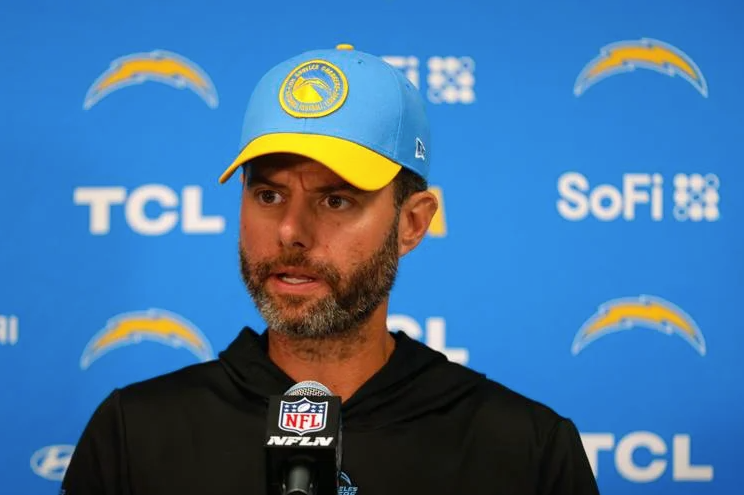What can we learn from an NFL story
In watching the San Diego, er I mean Los Angeles Chargers, Coach Brandon Staley to use statistical analytics to explain his decision to go for it on 4th and 1 at the end of their game with Minnesota. Fortunately for Coach Staley, his team still won the game. However, it’s been the talk of (or one of the big stories of) the sports world this week. How much or little should statistical analysis play into a decision? It’s true the Charges had a 77% chance of winning the game if they punted and 84% chance of winning the game if they went for it on 4th and 1. But let’s take a look at that.
First, we cannot assume that the win-loss model is 100% accurate. In fact, we know that it is not. Until AI becomes an all-powerful force, accounting for every scenario possible, our current data gathering and analytical tools are unable to truly measure all of the factors in something as dynamic as a sports contest. As a long-suffering Falcons fan, that same winning % showed 20 different times in Super Bowl XI that Atlanta had a 99% – 99.7% chance of winning that game. However, did the model consider the over aggressiveness of the Atlanta coaching staff, the ability to play under pressure of Tom Brady and the Patriots, the lack of ability to play under pressure of the Atlanta quarterback?
Second, what about momentum? As far as data gathering and modeling has come, it is very difficult to assess momentum. This is true in many industries particularly fast-moving, volatile sectors relying on the economy and it is certainly true in a sporting contest. We’ve all felt in. A seemingly inexplicable confidence that things are going your way. Positive things are happening and a commiserate improvement in success. Or negative momentum. Murphy’s Law. You are in a time that anything that can go wrong will go wrong (Like blowing a 25 point lead in just over a quarter of a football game.
Third, the human element. When making a decision for a game, a team, or a business, you have to get buy-in from the people on your team. You can oftentimes use statistics to sell those decisions to upper management or to get your teammates onboard to give complete effort to the cause. If your decision though, despite the statistics and the research, doesn’t pass the smell test, meaning you can’t get the team to buy-in, don’t put all of your faith in the statistics. Because if the human element is bought in and fully confident, then your other statistics could be thrown out the window.
I’m glad for Coach Staley that this decision, which is almost universally unheard of in pro football, worked out for him. He said the numbers backed him up and he wanted to show confidence in his offense. I would suggest next time he should punt the ball and show confidence in his defense. As for those of us in business, use your statistics to inform your decisions, but not to make them solely on their own. Sometimes it’s better to punt the ball.

